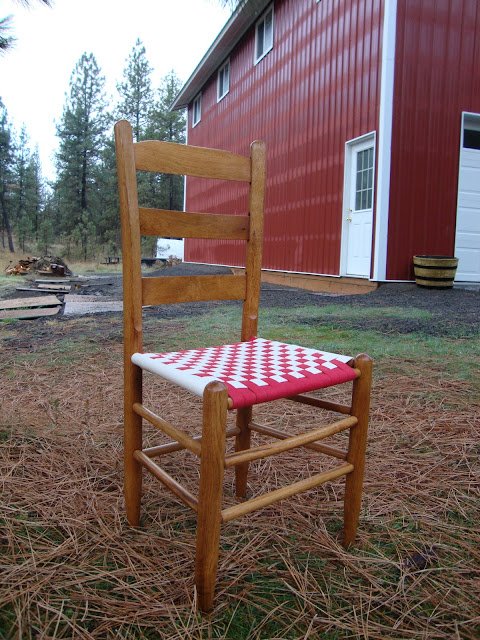(rut: the ditch variety, not the elk variety)
Have you ever been in a cooking rut where you cooked the same thing over and over?
I have.
Actually, it was more like centrifugal force than a rut.
Twice, it got so bad that even my kids complained. The first time was due to a seafood bonanza sale when I went into a frenzy over large scallops that were $6/lb. I bought 15 lbs, brought them home and vacuum packed them into 1 lb bags and froze them. While I thought it possible that the scallops would last a year in the freezer cutely secure in their vacuum package, the thought of having absolutely no room in the freezer for that long was sort of a motivator to eat them more quickly. Afterall, we had only a kitchen freezer. Space for ice cream, chicken broth and leftovers was now becoming scarce. So, once a week I made something with scallops: scallop mousse, scallop scampi, scallop kabobs, scallop chowder, scallop bruschetta, etc.
After the second month of scallops, Number 1 daughter inquired what was for dinner when she got home from school. Upon being informed we were having scallop lasagne, she exclaimed, “Scallops! Again!? Geez!” And she lurked off to finish her homework with a bag of Oreos and a glass of milk. “Hey, most kids don’t even get scallops once a year. Most kids don’t even know what they are! There are starving children in China who would love this! You should be grateful,” I could be heard calling down the hallway. This sort of reminded me of the hamburger lament at my household as a child. Scallops: the other hamburger.
The second time was actually worse, and it was inadvertent. Our whole family loves veal shanks. Our kids grew up sucking the marrow out the bones and dribbling osso bucco sauce down their chins. Mr. Artifacts’ mother introduced us to these, and we have been fans ever since. I was hankering for some osso bucco, so I visited my favorite butcher Gino (at Antipasto’s in San Jose, CA) and inquired about the possibility of some veal shanks. There were none today, but he could get them by the end of the week. Great, I need four.
 |
The Antipasto proprietors: the Derose family. Gino is the cute one with the mustache. The rest are his brothers and his mother. (picture from San Jose New Neighborhood Voice, see link in text.) |
I gave my mother-in- law a whole bunch of these (shanks, not kisses). The rest went the way of the scallops: osso bucco, ragout, shanks and chard in cream sauce, with beans and tomatoes, chili veal shanks, shanks with peppers and paprika, etc. Then came that fateful evening when the kids complained, “not veal shanks again!” I think the last straw was when I tried to make bbq shanks. I did get a lot of really great veal stock out of this adventure, though.
For the record, Mr. Artifact never complained. That said, he is getting tired of quiches. . .a story for another time.


